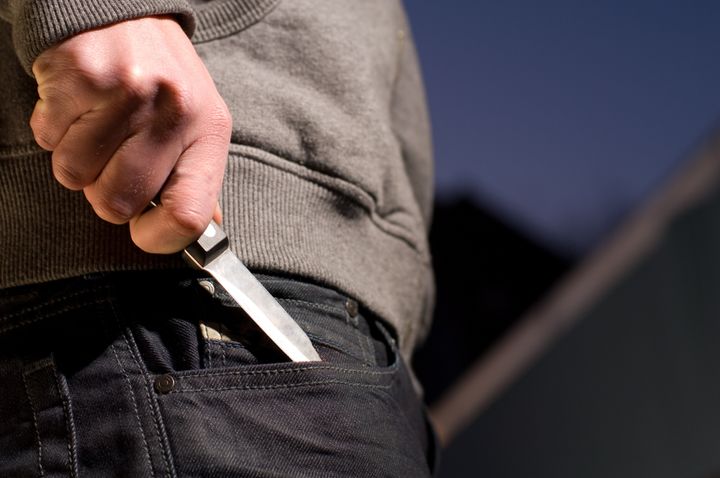
No child is born with a knife in their hand.
Carrying a knife is a learned behaviour. The pathway to adopting this behaviour is often rooted in adverse childhood experiences such trauma, neglect, abuse, victimisation and exposure to violence. Our traditional approach to preventing knife crime has a fundamental flaw: we wait for children to fail or make a mistake before we intervene. If a child behaves well, attends school, displays good values and behaviours, we assume they will continue to do so. It is only when this behaviour changes that we start to take notice and respond.
We now recognise the importance of including sex and relationship education in the school curriculum. We know that we would be doing children a great disservice if we left them to learn about sex and relationships from other young people, the web or social media alone. But when it comes to knife crime, we do exactly that.
At the Ben Kinsella Trust we work with over 3,000 children every year. These children are attending school and would generally be described as displaying good values and behaviours. As with all preventative work, we know that most of the children attending our workshops would probably never carry a knife irrespective of our work. But it is important to consolidate their attitude to not carrying a knife. This helps create positive values and norms within their friendship groups and gives them the inner resolve to challenge negative influences within peer groups.
However, our data shows that 9% of Year 5 and 6 primary school children attending our workshops believe that carrying a knife will afford them greater protection. These are children who would not have been picked up previously as at risk, or subject to any early intervention strategy. When we ask why they hold this view, the answer invariably is that these messages have been passed down by older siblings, peers, and re-enforced by viewing social media content.
Preventative workshops have proven to be very successful at changing these mindsets. As our Impact Report shows, 70% of those who thought that a knife might protect them have altered their view by the end of the workshop.
Scotland has been outperforming England and Wales in tackling knife crime for some years. Of the 35 deaths of young people in Britain in 2017, none were in Scotland. Yet 12 years ago, a United Nations report found Scotland had the second highest murder rate in Europe – Scots were three times more likely to be murdered than people in England and Wales. Part of this success is the approach taken in addressing knife crime in Scottish schools. The organisation No Knives Better Lives, which is funded by the Scottish government, has been working with schools to roll out lesson plans aimed at different age groups and to revisit the subject throughout the school life cycle since 2009.
This month the Home Office released its #KnifeFree Key Stage 3 and 4 lesson plans for schools. This is an important step forward in recognising the importance that schools can play in the prevention of knife crime. However, if the Home Office want to replicate the success of the Scottish model it must consider how it will continue to refresh and promote these materials to ensure that they don’t wither on the vine.
Replicating the Scottish approach by working with an entity to work alongside teachers and further develop these materials is imperative if we want to see similar results across the UK.
